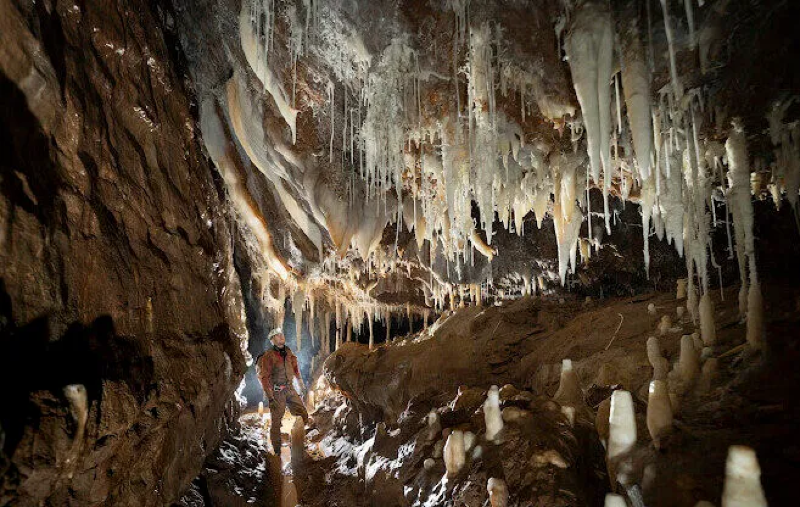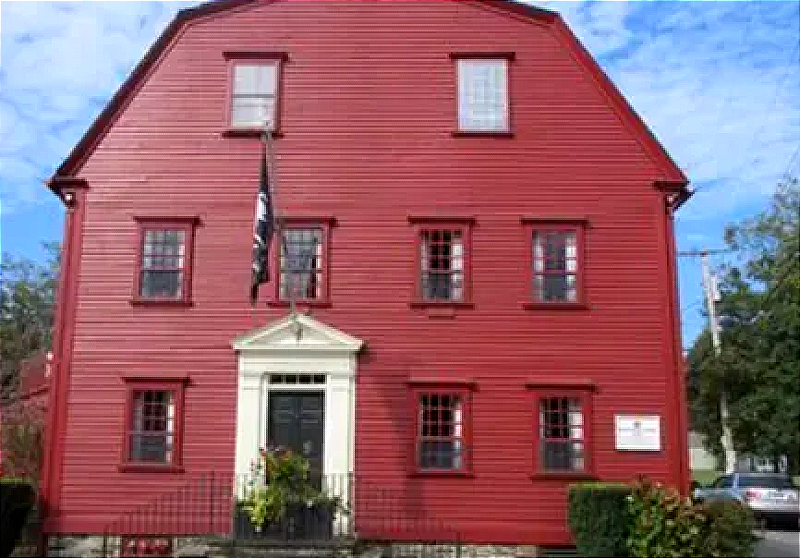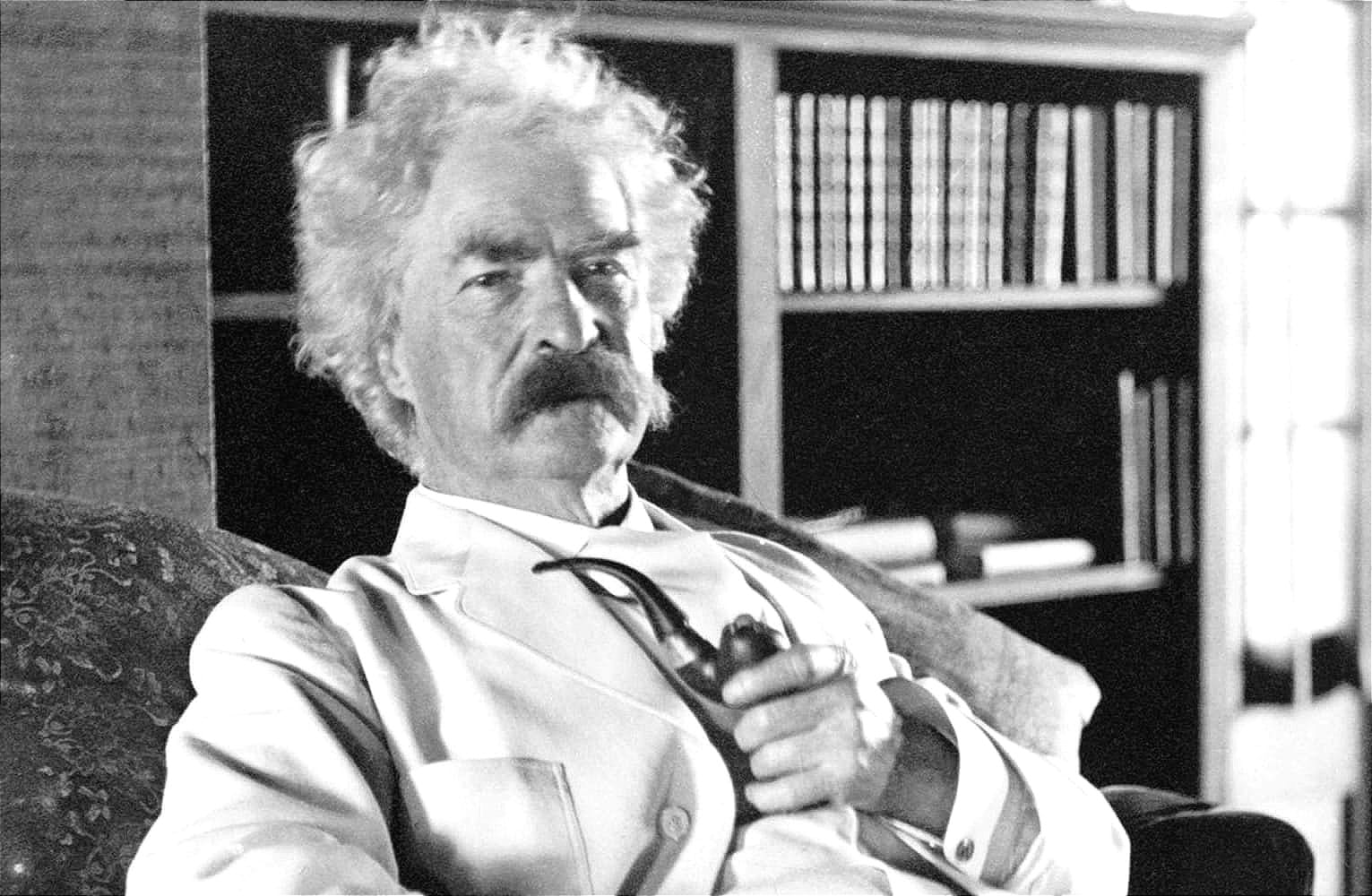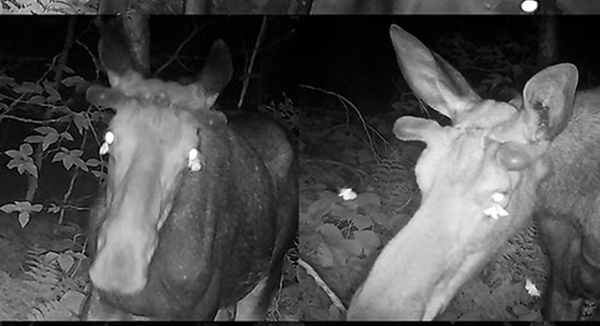She looked like a matron but was really a notorious jewel thief

From Luxury London: “Hidden under enormous shoulder pads and bleach blonde hair, Joan Hannington, who would go on to be dubbed the ‘Godmother’ of London’s criminal network, was one of the world’s most notorious jewel thieves. Her story epitomes the rag to riches trope, having been born in 1957 to an Irish working class family and raised as one of six in London’s East End. Her childhood was brutal, marked by physical and emotional abuse, and led her to dream of a life outside of poverty. Her criminal journey didn’t start until she finally fled her violent father – who, at one point, tried to drown Hannington and her siblings in a bath – at just 13. Four years later, she married convicted armed robber Ray Pavey and the couple had a daughter, who was swiftly swept into foster care. It was this event that triggered Hannington’s criminal career, as she embarked on a mission to earn enough money to get her daughter back by faking references to land a job at an exclusive jewellery store in west London.”
Beneath a farmer’s field they found a cave network that is over 10 kilometres long

From UnHerd: “Making progress in this part of the cave requires immense care, for on almost every surface, walls, floor and roof, gleaming white formations sprout, some of them very fragile. To stumble here would be to smash natural marvels that have been growing in the silent darkness for many thousands of years. Some think the cave was formed before the Wye adopted its present course. There are great crystalline banks and stalactites and stalagmites adorned with tangled, calcite filigrees — what cavers call helictites — as if made of Venetian glass. Sated, after taking photographs we headed for the entrance, aware that reaching it would take at least five hours: The White Forest is not only beautiful, but remote. In all, we were underground for nearly 12 hours. The total length of Redhouse Lane now looks certain to exceed ten kilometres, and if the explorers make the connection to the nearby Slaughter Stream Cave, this will take their combined length to more than 24 kilometres.”
One of the oldest restaurants in the world is a tavern in Rhode Island built in 1673

From Atlas Obscura: “In 1673, a tavern opened its doors in Newport, Rhode Island. It advertised its offerings with a sign depicting a white steed, the universal symbol for a public house. More than three centuries later, the White Horse still stands, the oldest operating tavern in the United States. With the colonies in their infancy, there were few spaces for local politicians to gather in the 17th century. The tavern filled this void, hosting Rhode Island's general assembly until its Colony House was built in the 1730s. Lured by the promise of a warm fire and a strong drink, merchants and scholars rubbed elbows with commoners and pirates. Sometimes the person serving the drinks was a swashbuckler himself: William Mayes, Jr., was a notorious pirate who returned to Newport with a pillaged bounty and inherited the tavern from his father in 1702.”
Hi everyone! Mathew Ingram here. I am able to continue writing this newsletter in part because of your financial help and support, which you can do either through my Patreon or by upgrading your subscription to a monthly contribution. I enjoy gathering all of these links and sharing them with you, but it does take time, and your support makes it possible for me to do that. I also write a weekly newsletter of technology analysis called The Torment Nexus.
A Latin American nonprofit created a book that can only be read if it is wet

From Dezeen: “To highlight the hidden toll of water scarcity in Latin America, non-profit organisation Water For People has developed a book printed with hydrochromic ink that only becomes visible when the pages are wet. Water For People created The Dehydrating Book to emphasise how water scarcity can have a devastating impact on the lives and education of children. The organisation described the book as "the first of its kind that needs water to be read", adding that months of research, development and testing were required to refine the innovative design. The book is printed with a hydrochromic ink, which causes the story to disappear completely as the pages dehydrate. The text and images only become visible again when water is added. The book's story was developed collaboratively with students, families and teachers from the village of Palmira in Peru. The story tells of a thirsty hummingbird called Lupita who travels across the Cachil Forest with her friends – an armadillo, a llama, a turtle, a toucan and a monkey – to drink from the Chicama River.”
Ulysses S. Grant’s memoirs became a bestseller thanks to Mark Twain’s marketing stunt

From Wikipedia: “His autobiography was written in the last year of Grant's life, amid increasing pain from terminal throat cancer and against the backdrop of his personal bankruptcy at the hands of an early Ponzi scheme. The set was published by Mark Twain shortly after Grant's death in July 1885. Twain was a close personal friend of Grant and used his fame and talent to promote the books. Twain created a unique marketing system designed to reach millions of veterans with a patriotic appeal just as the famous general's death was being mourned. Ten thousand agents canvassed the North for orders, following a script that Twain had devised. Many were Union veterans dressed in their old uniforms, who went door-to-door offering the two-volume set. These efforts sold 350,000 two-volume sets in advance of the book's actual printing, making Memoirs one of the bestselling books of the 19th century, outselling even Uncle Tom's Cabin.”
Two swimmers demonstrate how Archimedes’ principle works using only their breath
Air trapped in an underwater bucket displaces water, creating buoyant force that lifts a heavy object. This demonstrates Archimedes' principle in action, using fluid dynamics to perform work underwater.
— Science girl (@gunsnrosesgirl3) June 13, 2025
pic.twitter.com/wUXP6xRy88
Acknowledgements: I find a lot of these links myself, but I also get some from other newsletters that I rely on as "serendipity engines," such as The Morning News from Rosecrans Baldwin and Andrew Womack, Jodi Ettenberg's Curious About Everything, Dan Lewis's Now I Know, Robert Cottrell and Caroline Crampton's The Browser, Clive Thompson's Linkfest, Noah Brier and Colin Nagy's Why Is This Interesting, Maria Popova's The Marginalian, Sheehan Quirke AKA The Cultural Tutor, the Smithsonian magazine, and JSTOR Daily. If you come across something interesting that you think should be included here, please feel free to email me at mathew @ mathewingram dot com



